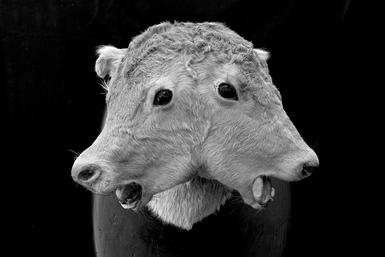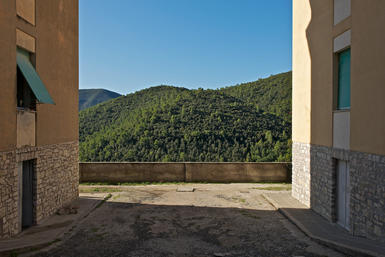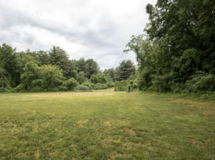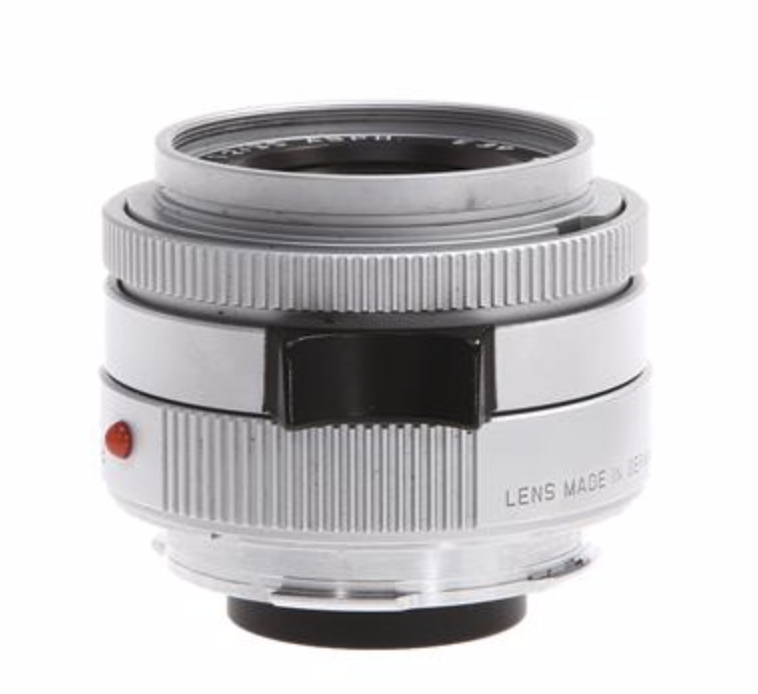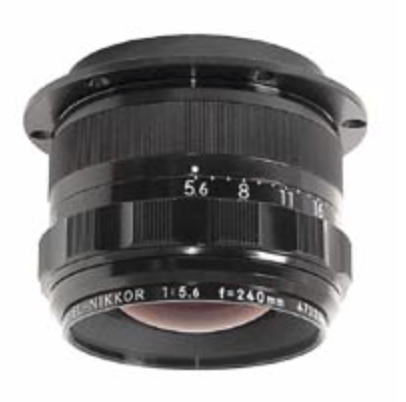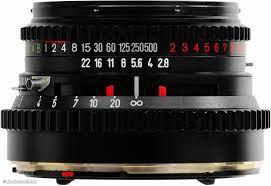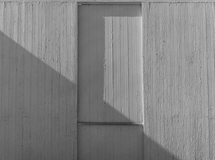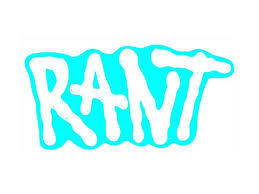
This is a rant. Can't hold back any longer. There are things going on in our photo/art world that cannot be ignored any longer. Trends, directions, proclivities: all concerning how photography gets out, seen, or dealt with.
Since the pandemic hit there is a decrease of actual eyes on prints and an increase of eyes on screens. How many actual exhibitions have you been to in the last 18 months? My point exactly.
How photography is picked, granted, awarded, placed in an exhibition, favored is the dirty little secret of the industry. Online. Yes, no one looks at prints to determine anything anymore. Guggenheim Fellowship application, museum show competition or local camera club submission: Online. The Cafe system predominates. Submit jpegs of sufficiently small size in your application and off they go. Sometimes, for some "contests", it can be $35 or $40 for one image submitted. Often with no prizes, just supposedly lots of exposure.
I have my doubts.
Okay, a flawed system but let's move on. Who are all the judges? What are their qualifications to look at your work and determine if it's in or out? Mostly unknown, particularly in the big contests there might be a dozen or so jurists. Mind you, they never see the actual work. They see it online. Often they have no contact with each other. They just mark down on a scorecard a number that is yes or no and move on. Sometimes there is a brief biography in the submission but it is often ignored. That's it.
One recent competition, notable for announcing a contest for black and white photographs as "Portfolios", let you submit one (a one print portfolio?) or presumably, as many as you like, for the fee of $35 per jpeg. What if you had a 16 print portfolio? That's a $560 entrance fee for an online contest with no prizes, no real exhibition, just "acclaim and exposure". Really?
It's not good out there, folks. It's going to hell in a handbasket, I am afraid. Yes, of course, there is repetitive, cliched, immature, boring, uninformed, poorly conceived work out there as well. A lot of it. But look at what has done well in past years. Are those similar to the way you work? There is some sincere work, and I appreciate that, but sincerity doesn't necessarily mean great art. Much imagery never gets anywhere close to a 13 x 19-inch print, let alone a framed print hung on a museum or gallery wall.
These "shows" mostly aren't about "art" but display flash, sex (lots of glorified nudes, a topic for another time), strong colors, graphics, and shock value. But substance? Online is many good things, of course, including providing easy access to a tremendous amount of imagery, but photographs that convey depth and subtlety are not one of them.
As an aside, the whole megapixel war becomes far less of an issue if you're only making work to display at 72 dpi on screen. Save your money and don't buy the 61MP Sony or 100MP Fuji because you don't need it. Chances are, what you have is fine.
The solution? Several colleagues and I agree. Screw it. Keep working. Make the best work you can: keep it relevant, visceral, beautifully crafted, possessed of ideas, eloquent, edgy, bizarre, funny, ironic, memorable, smart. My plan exactly. Just make the work, what will happen after will happen. Quality will win out. And, oh yes, make prints. And seek ways to show them.
But watch out for the online contests. They are out to get you.
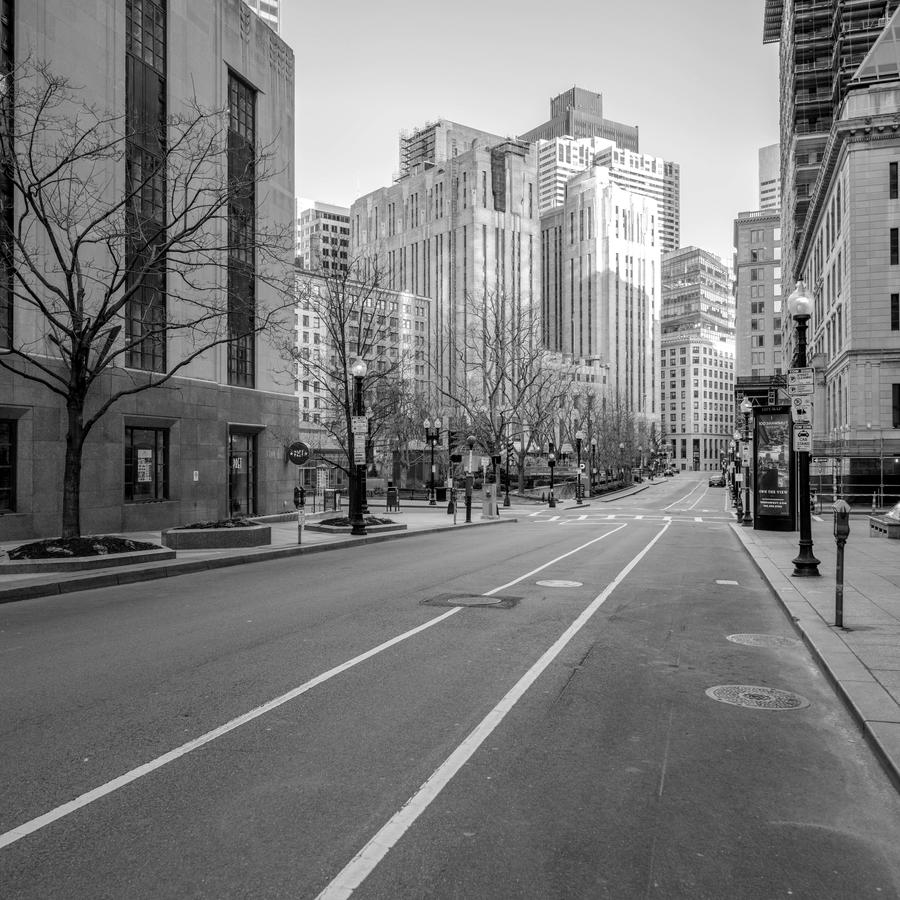
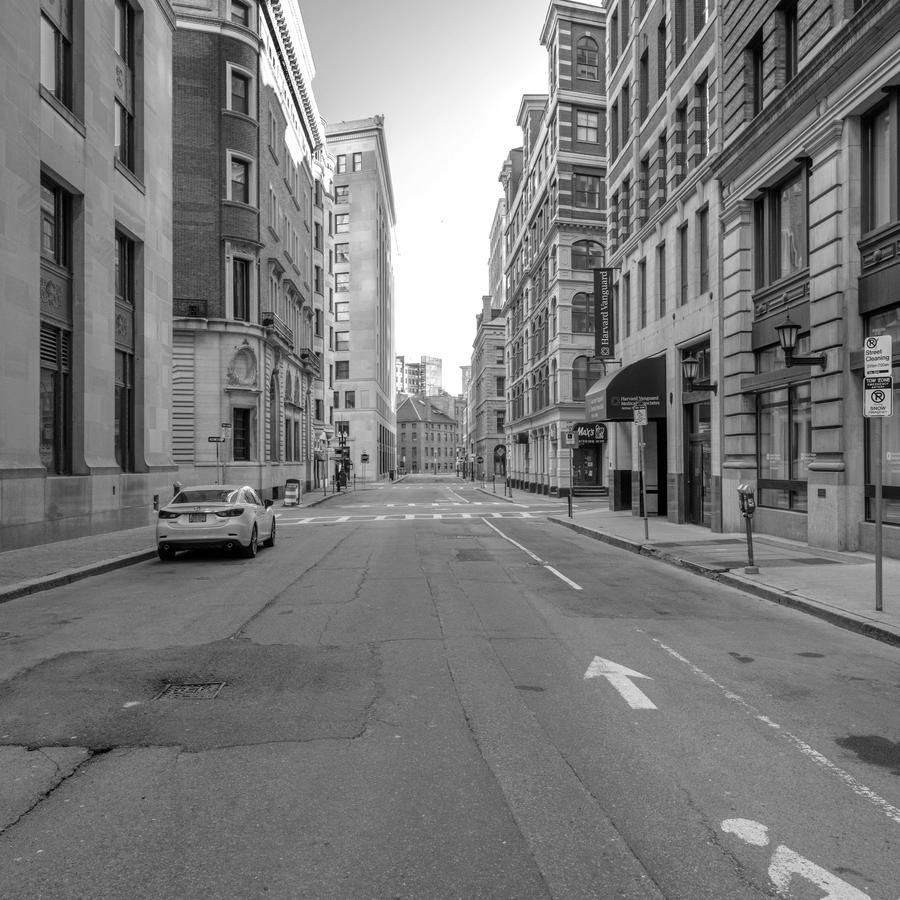
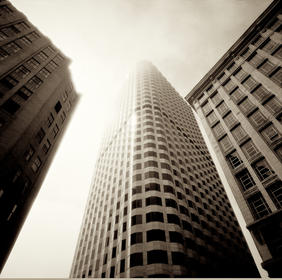
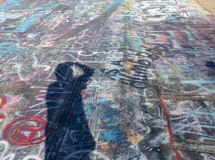
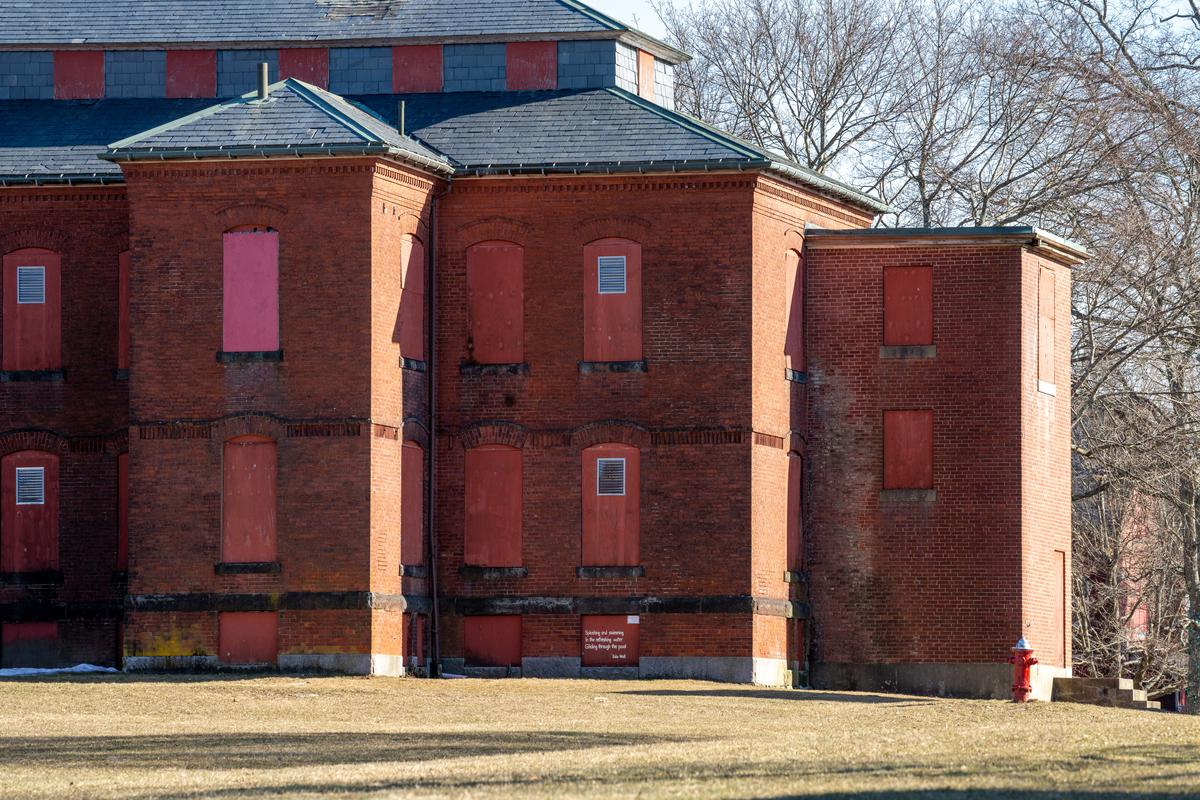 Medfield State Hospital
Medfield State Hospital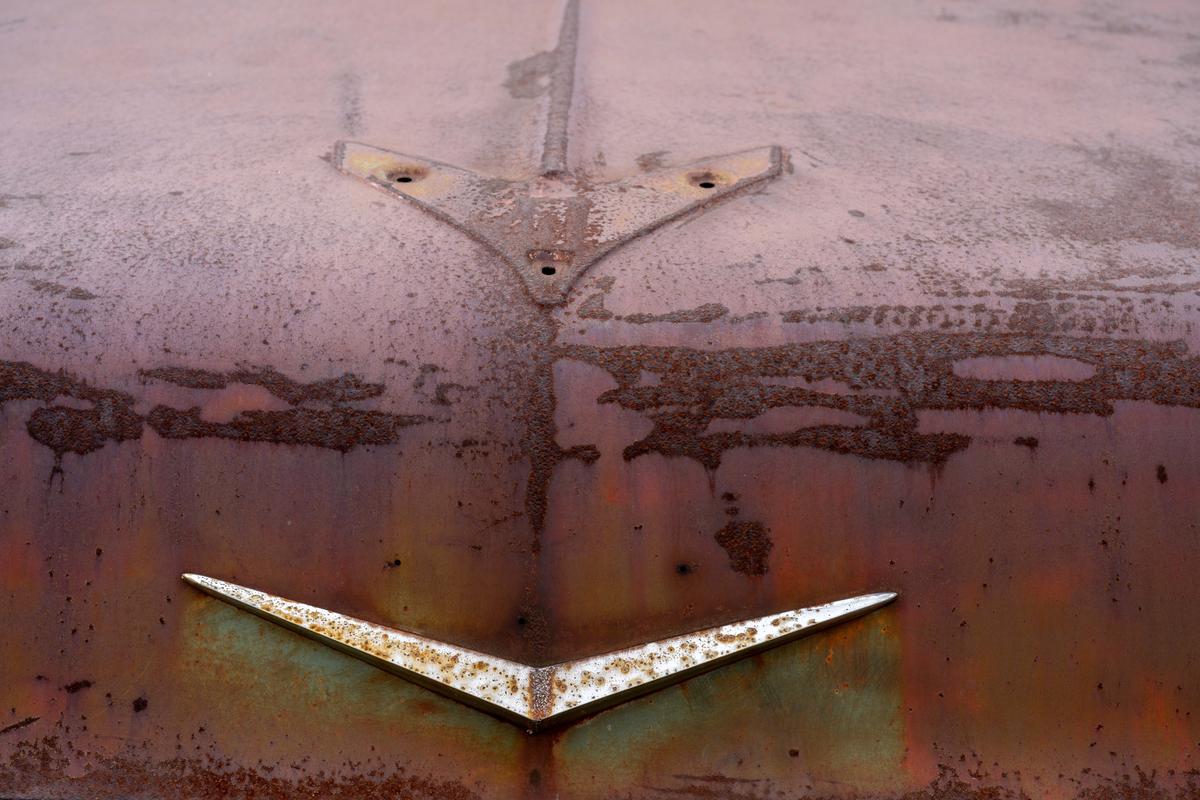 This one, from a junkyard near Albany NY in May. Feeling bad, this was six weeks before I had open-heart surgery, weak and easily winded. I wrote about photographing in junkyards and my forty years of experience:
This one, from a junkyard near Albany NY in May. Feeling bad, this was six weeks before I had open-heart surgery, weak and easily winded. I wrote about photographing in junkyards and my forty years of experience: 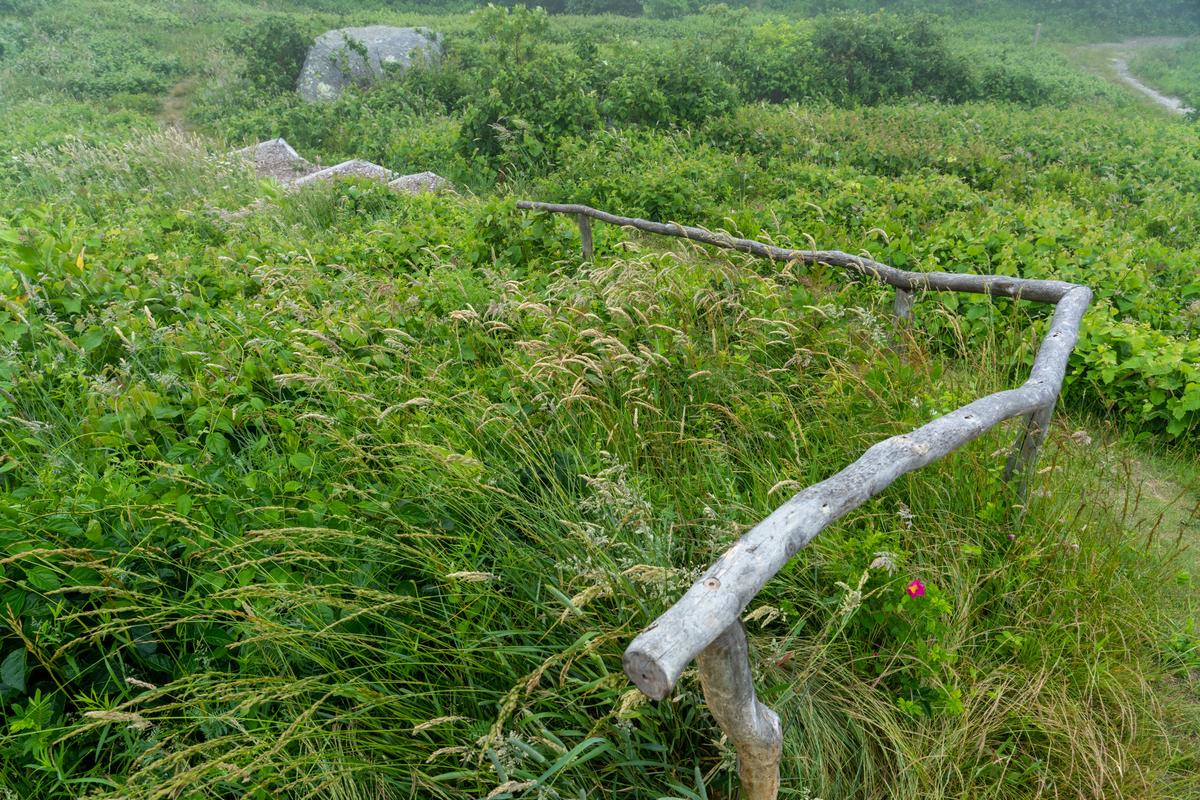 Peaked Hill, Chilmark, MA, the highest spot on Martha's Vineyard, in June.
Peaked Hill, Chilmark, MA, the highest spot on Martha's Vineyard, in June.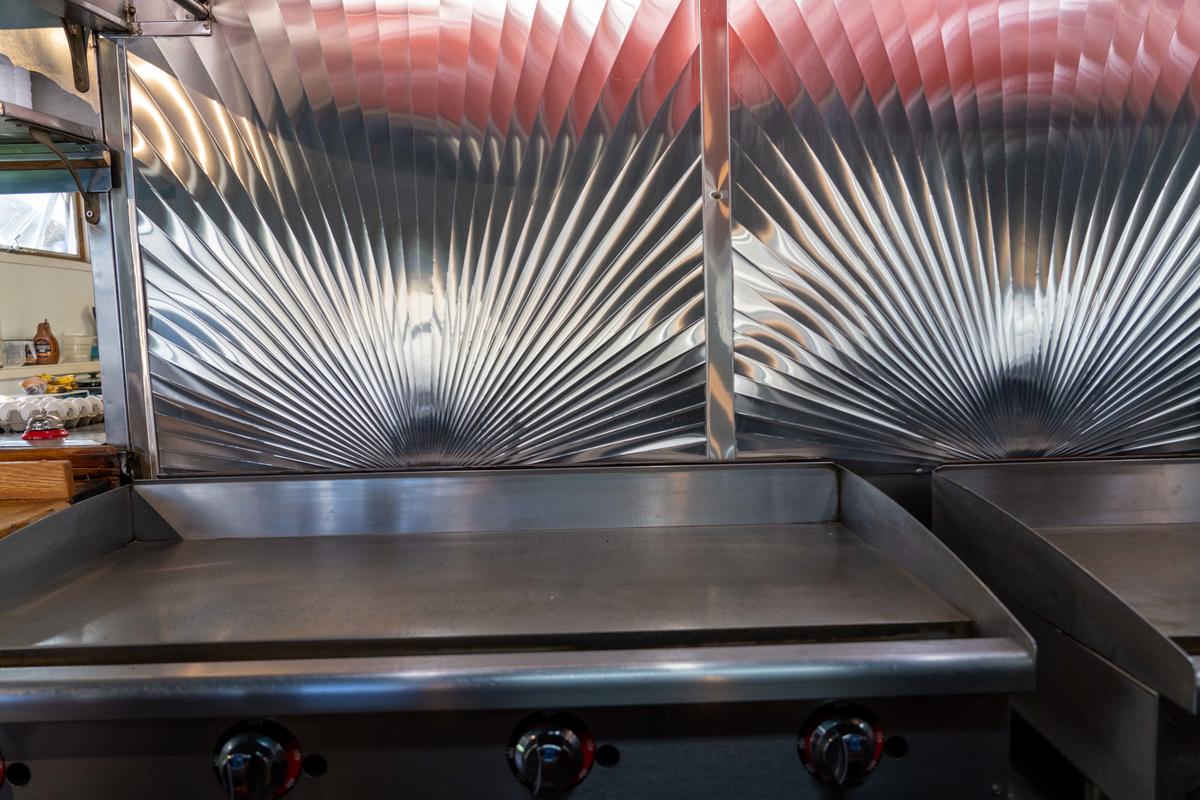 In Lawrence, MA in August in a diner.
In Lawrence, MA in August in a diner.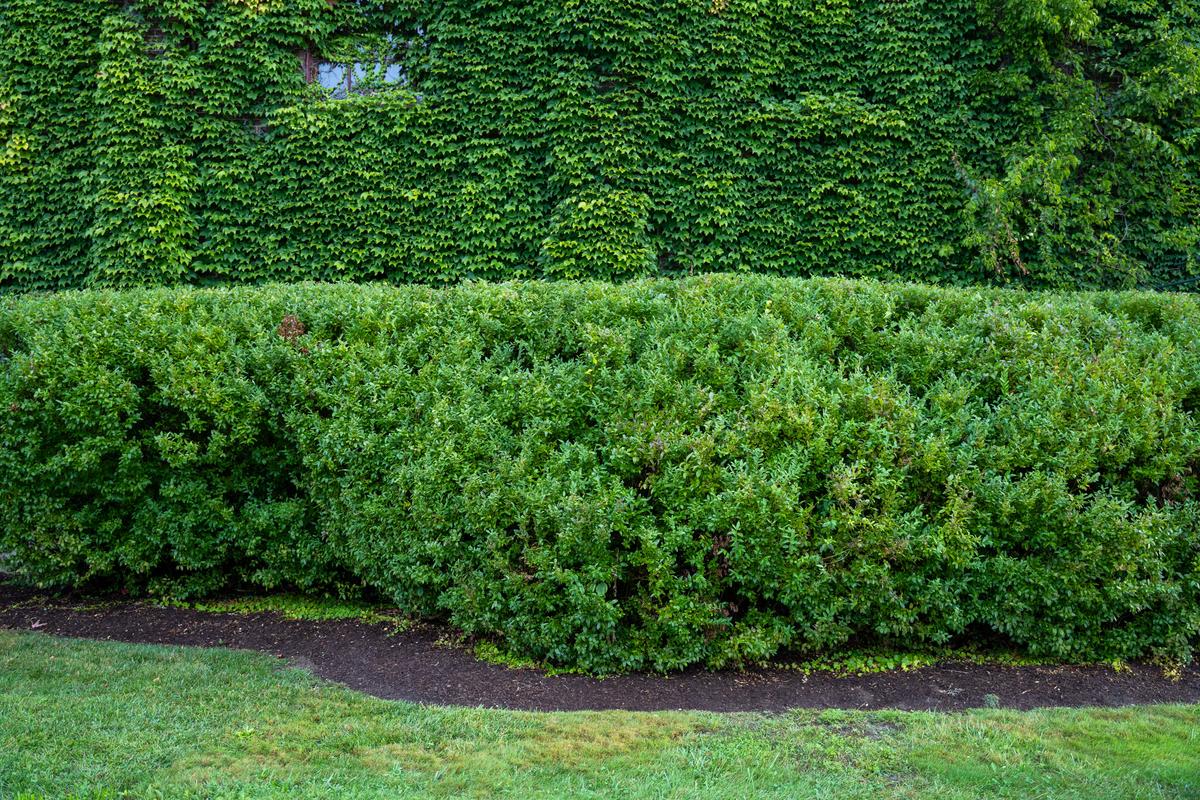 Holyoke, MA
Holyoke, MA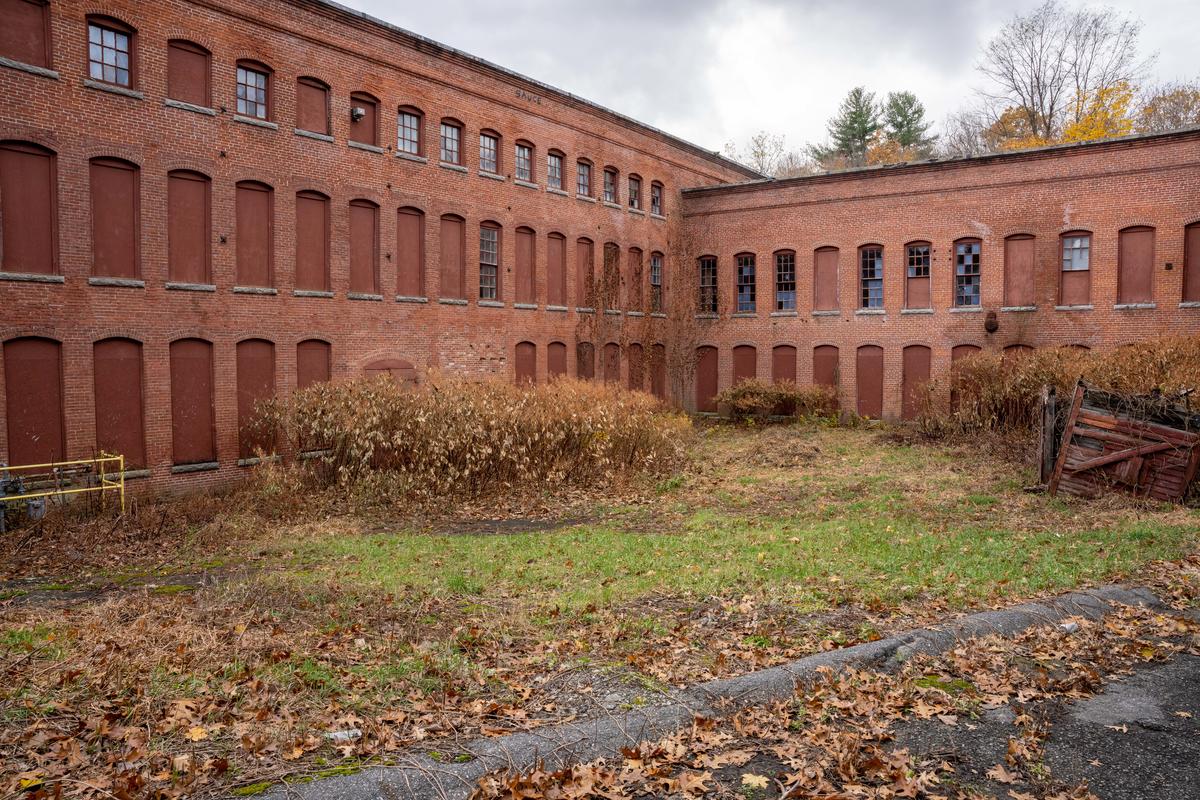 Fitchburg, MA
Fitchburg, MA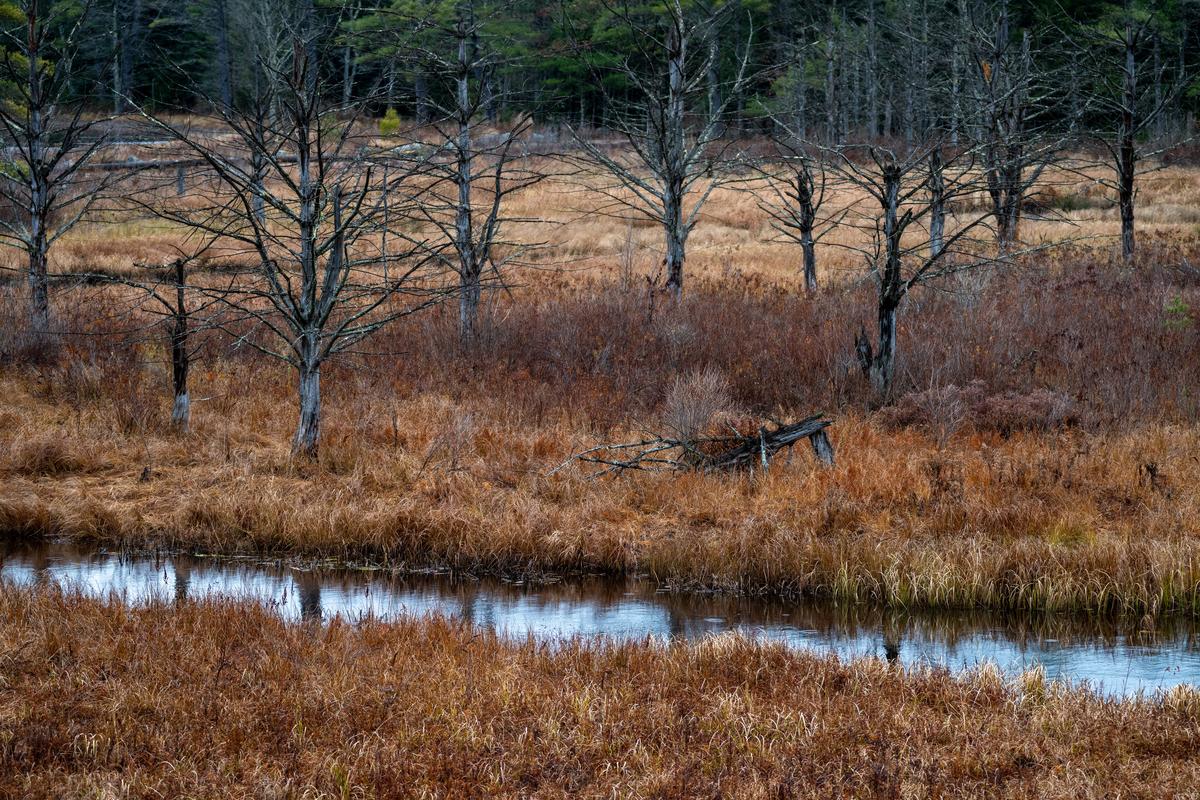
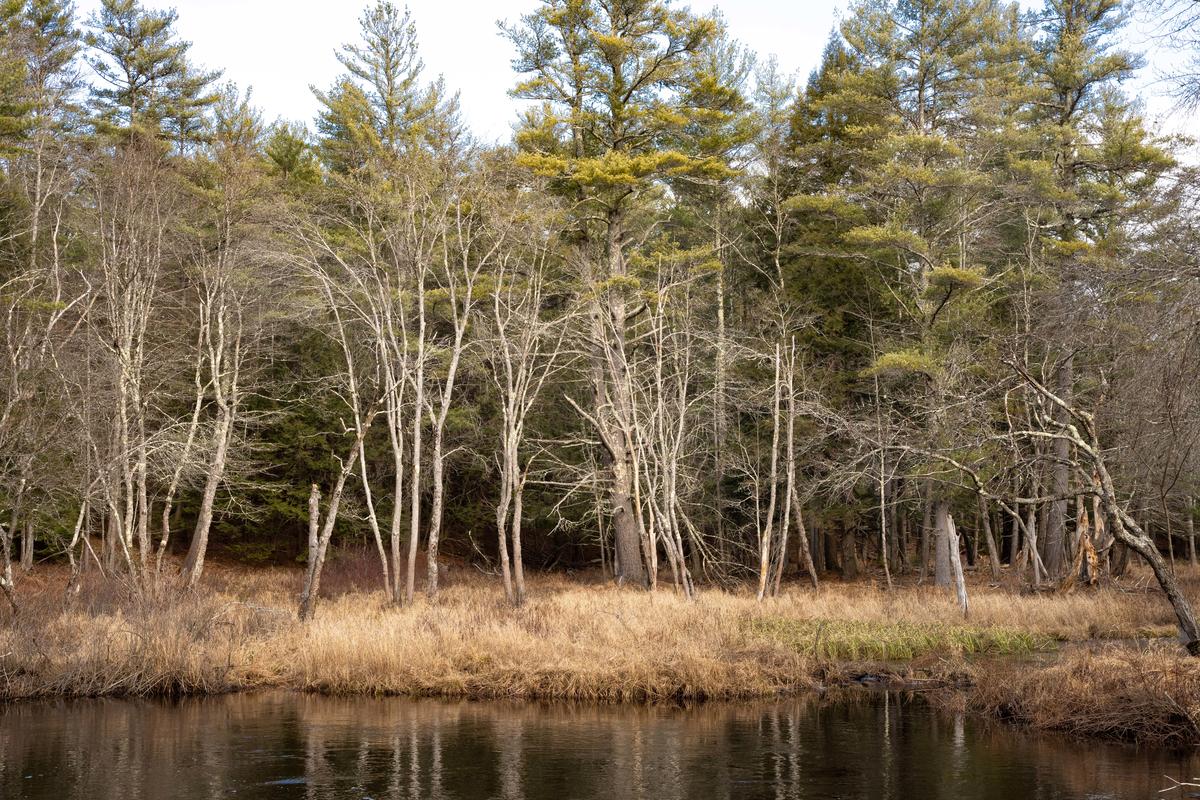 By October and November, I was photographing at Lake Dennison Recreation Area in Winchendon, MA. The Miller River cuts through the park.
By October and November, I was photographing at Lake Dennison Recreation Area in Winchendon, MA. The Miller River cuts through the park.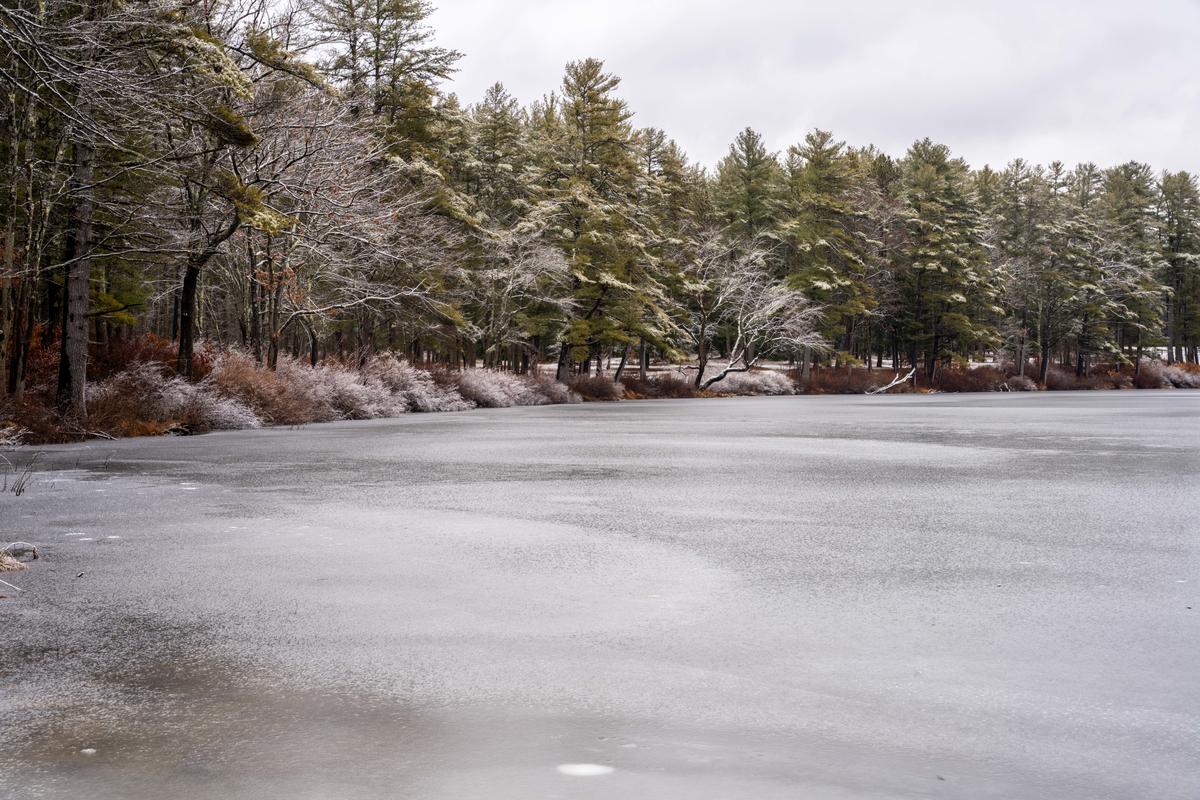
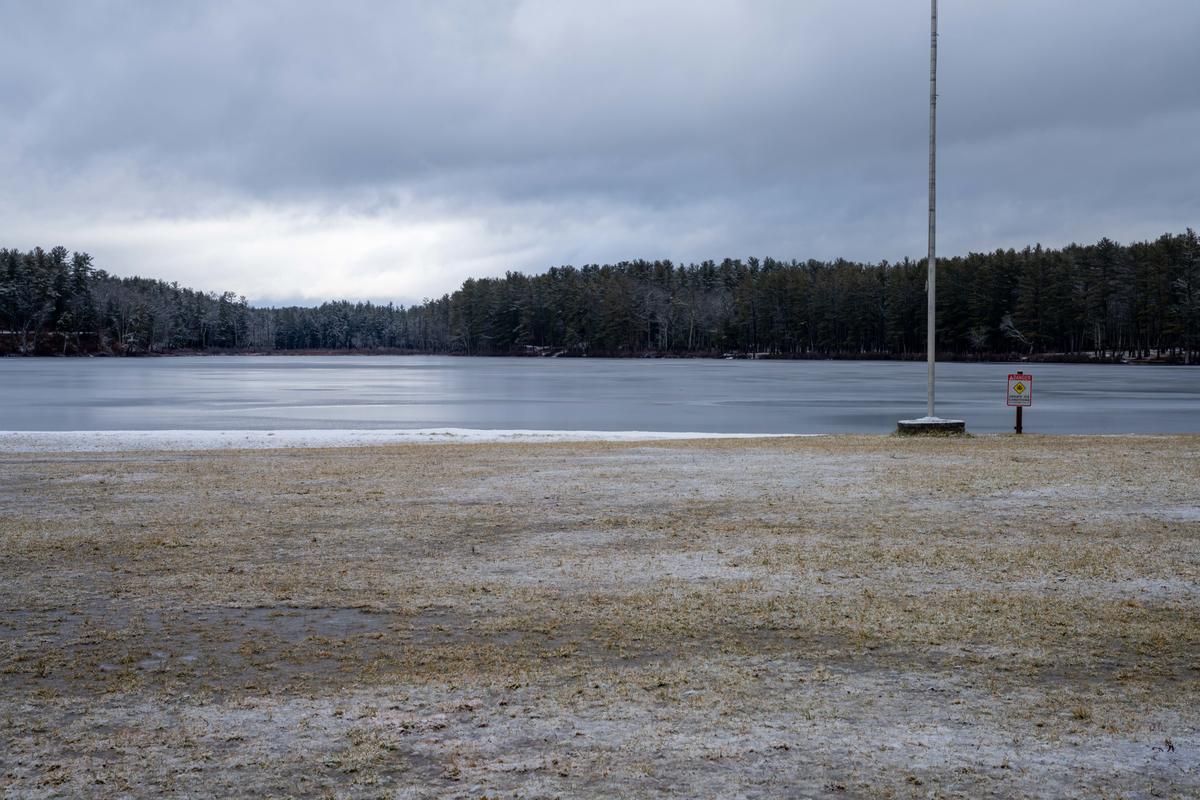
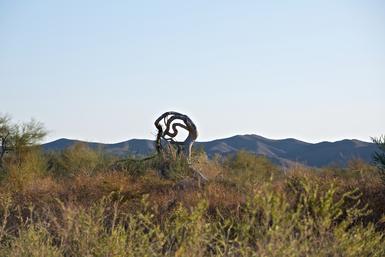
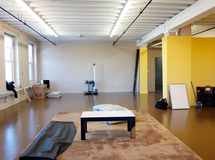
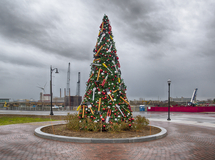
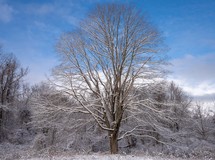

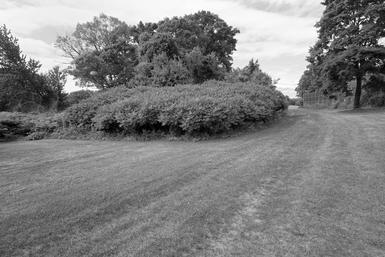
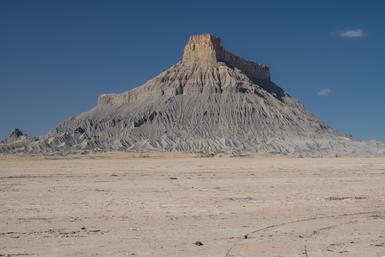
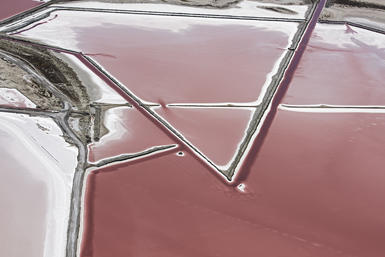
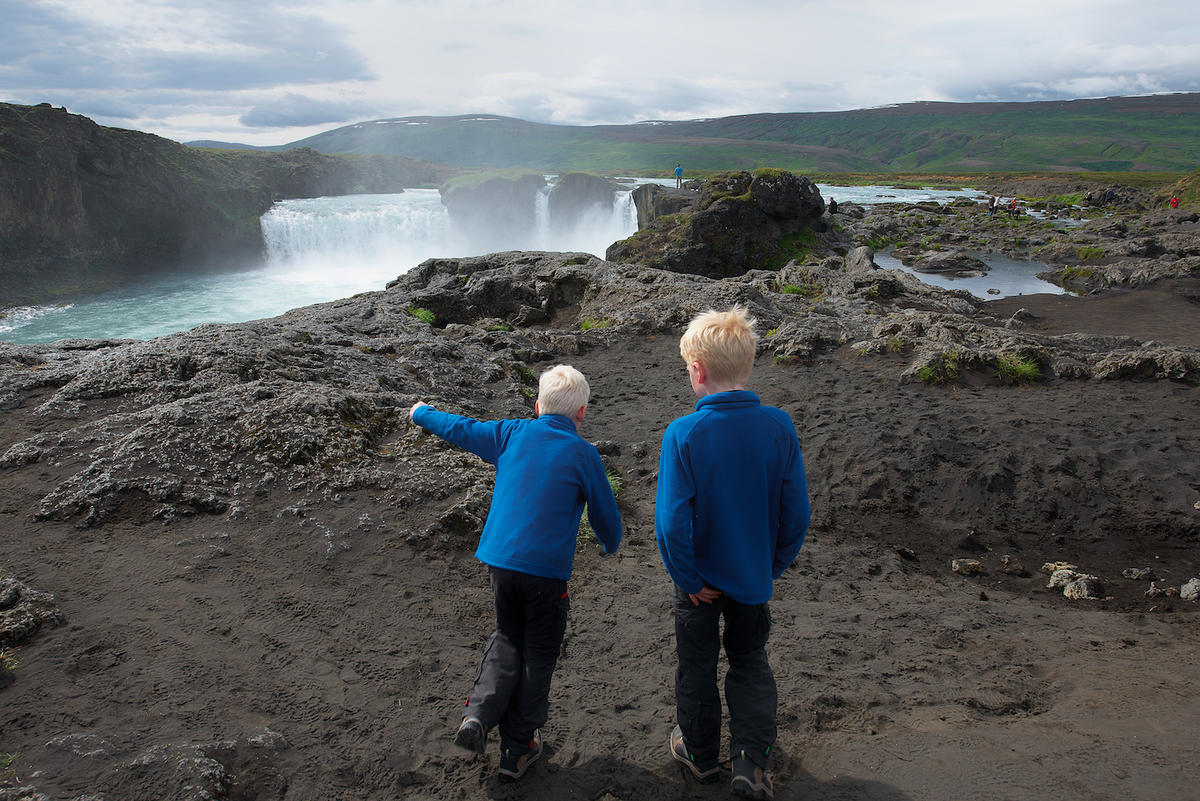
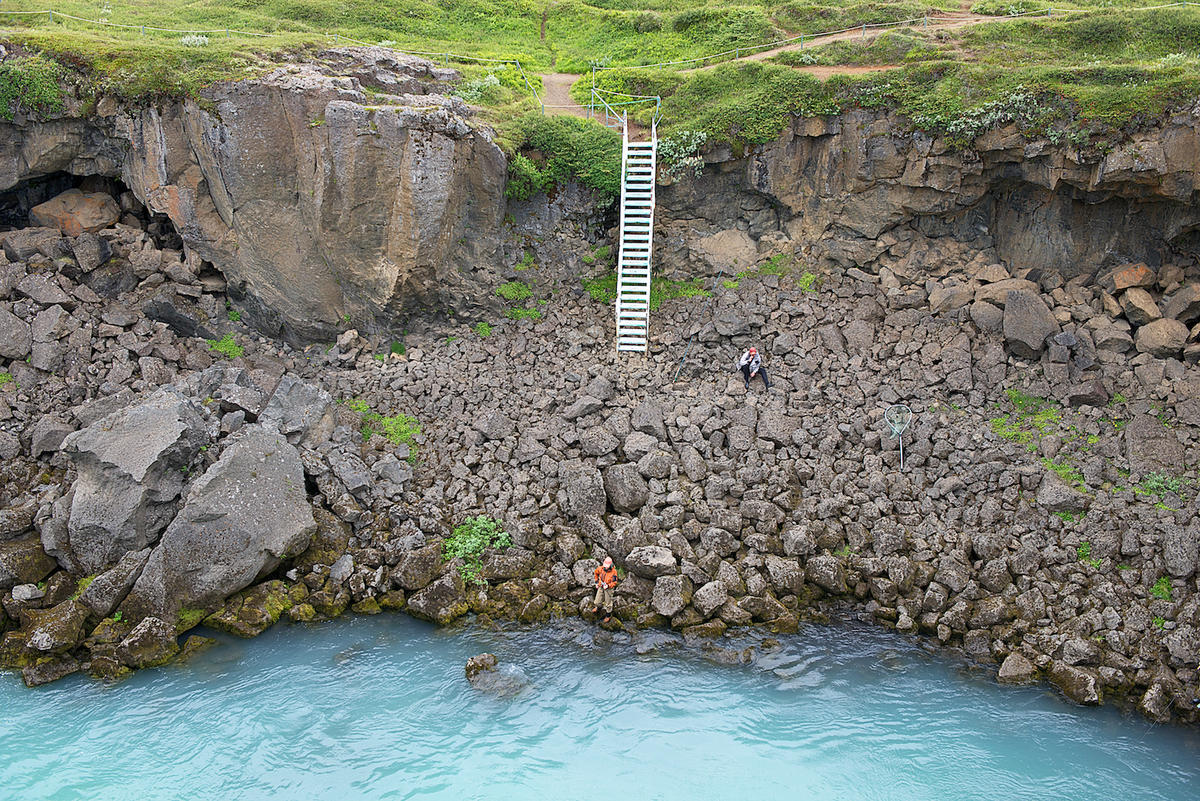
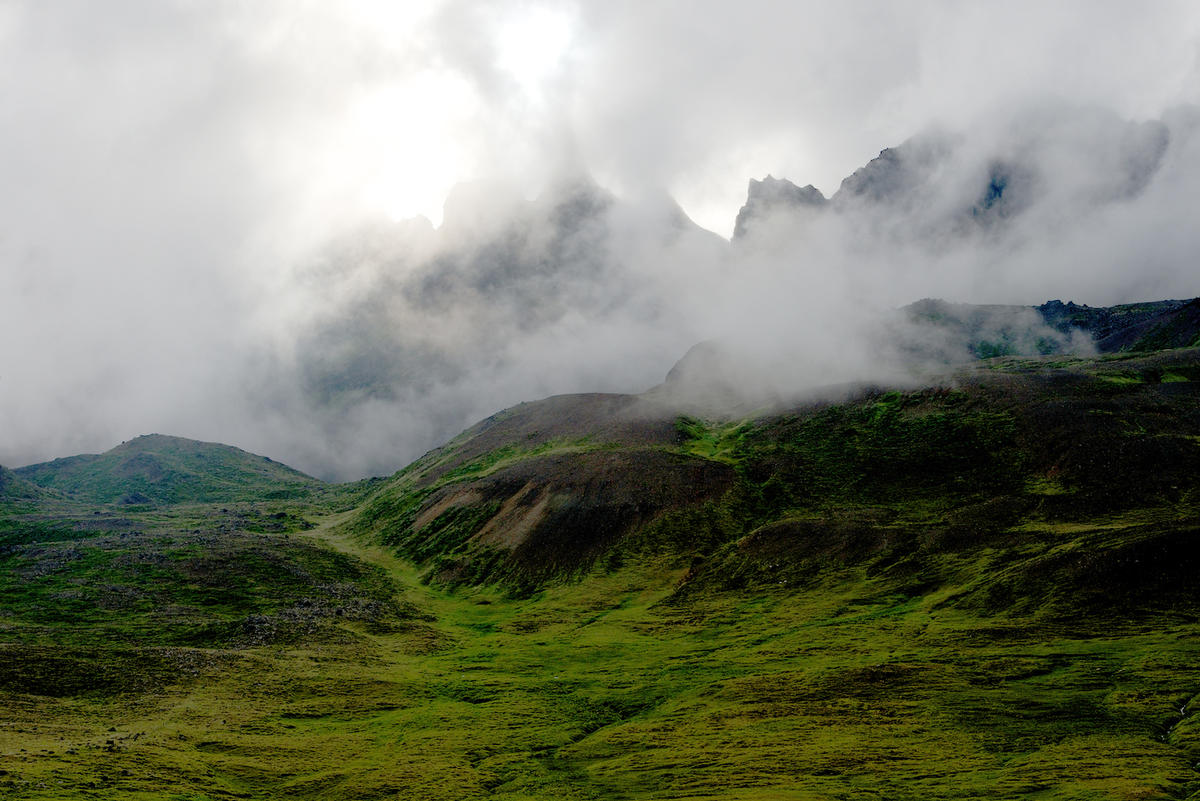 But from this longer lens view, I believe that the work can stand. I am not likely at this late stage in my life to burn or shitcan it to the dumpster outside my studio.
But from this longer lens view, I believe that the work can stand. I am not likely at this late stage in my life to burn or shitcan it to the dumpster outside my studio. 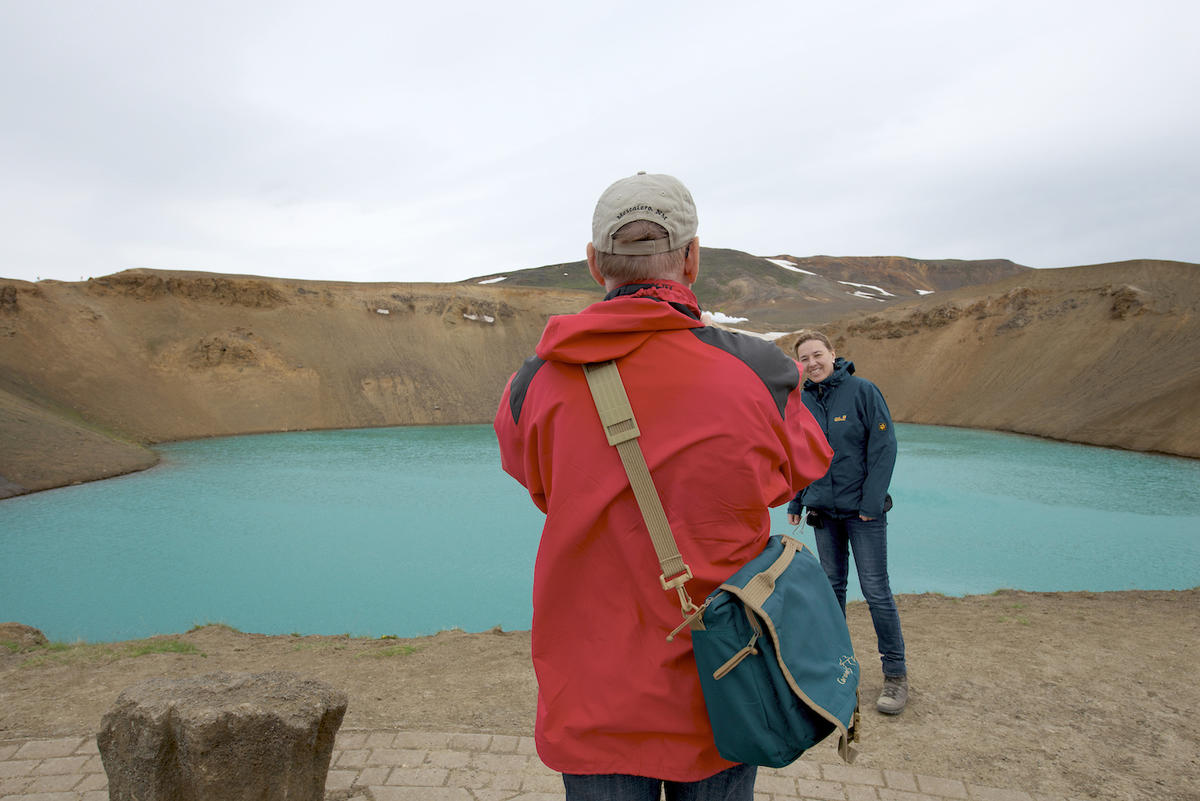 (photographs from 2013 Artist in Residency, Hofsos, Iceland ©Neal Rantoul)
(photographs from 2013 Artist in Residency, Hofsos, Iceland ©Neal Rantoul)